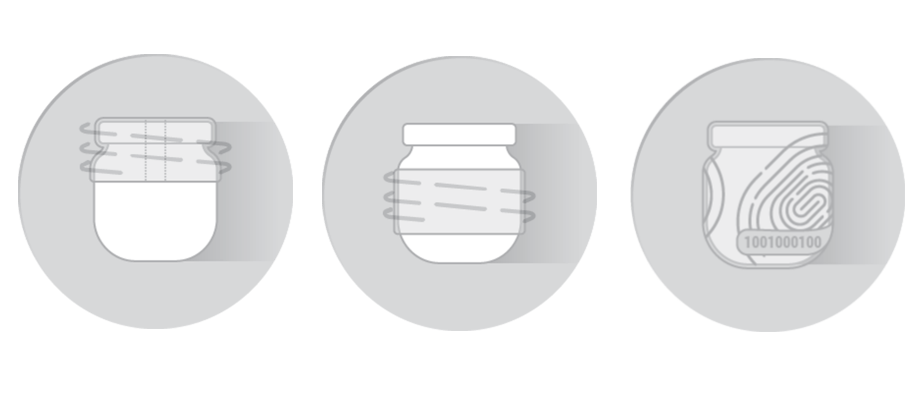To protect and secure products in retail and shipping environments, three main types of films are used in shrink packaging: polyvinyl chloride, polyolefin and polyethylene. Each of these materials has different functions and properties that make them suitable for specific applications.
Shrink films can be made into flat rolls, bags, overwrap, strapping and tubing. They can add a form of tamper-proof protection to packaged goods. Here is a breakdown of the three main shrink film types and their common uses.
PVC was once the world's most commonly used shrink packaging material due to its light weight, affordability and versatility. Since then, it has given way to polyethylene (PE) and polyolefins (POF) for a variety of reasons, including the health risks posed during manufacturing and incineration, as well as its level of sustainability.
PVC film is durable in its rigid form and can be used in applications such as construction projects and household products. In packaging, PVC is suitable for both rigid structures (such as blister and flip-top packaging) and flexible structures (such as shrink wrap and bagging).

PVC is used in many applications in the building and construction industry as well as in the healthcare, electronics and automotive industries. It is used in a variety of products, from pipes and siding to blood bags and tubing, wire and cable insulation, windshield system components, blister packaging, flip-tops, etc. Applications for PVC shrink film include packaging for CDs and DVDs, boxes for games and software, and other non-edible items.

Polyolefin shrink film is extremely durable and versatile, making it a premium choice. It has replaced PVC in many applications and is an FDA-approved food-safe material. POF materials have different properties. One option is cross-linked film, which provides high tensile strength and incredible clarity for high-speed packaging applications. Cross-linked film also prevents buildup on the sealed parts of your machine.
Because of the added strength of POF, longer, thinner rolls of film can be produced. This reduces roll changes and increases efficiency and productivity. POF shrink film offers excellent puncture resistance and sealing strength, helping to protect irregularly shaped items throughout their supply chain lifecycle.
Common uses for POF shrink film include toys, games, candy, books, food, most retail items, and any consumer product where appearance is important. When we say it's versatile, we're not kidding! Depending on your need for a barrier layer or MVTR, additives can be used in combination to provide you with exactly what you need for this packaging film.

Polyethylene is a polyolefin, which means it is a single monomer film formed by adding ethylene during the polymerization process. PE is used in many forms of flexible protective packaging, including shrink and stretch films, each of which behaves very differently.
The three most common forms of PE include high density polyethylene, low density polyethylene and linear low density polyethylene.
While POF and PVC are available in limited gauge thicknesses (typically around 100 gauge), higher gauge PE can be as high as 1200. these thicknesses are used in marine industry applications such as shrink wrapping ships for storage. the disadvantages of PE for shrink are low shrinkage (typically around 20%) and significantly reduced clarity.
Please visit HYF website to find more of our film.
Copyright © HUBEI HYF PACKAGING CO., LTD. All Rights Reserved | Sitemap
| Powered by

SEOKeywords:Shrink Wrap Film Customized Biodegradable Shrink Film Pvc Shrink Film Rolls Flexible Packaging Film Petg Shrink Film Properties Custom Printed Shrink Film High Shrink Petg Shrink Film China Pvc Shrink Wrap Film Shrink Sleeve Plastic Label Films Shrink Sleeve Packaging Pvc Shrink Film Manufacturing Process Pvc Super Clear Shrink Film Heat Shrink Film Roll Pvc Shrink Film For Bottle Label Price Shrink Wrap Uses China Shrink Film Pvc Clear Shrink Film Printable Shrink Film Plastic Shrink Film